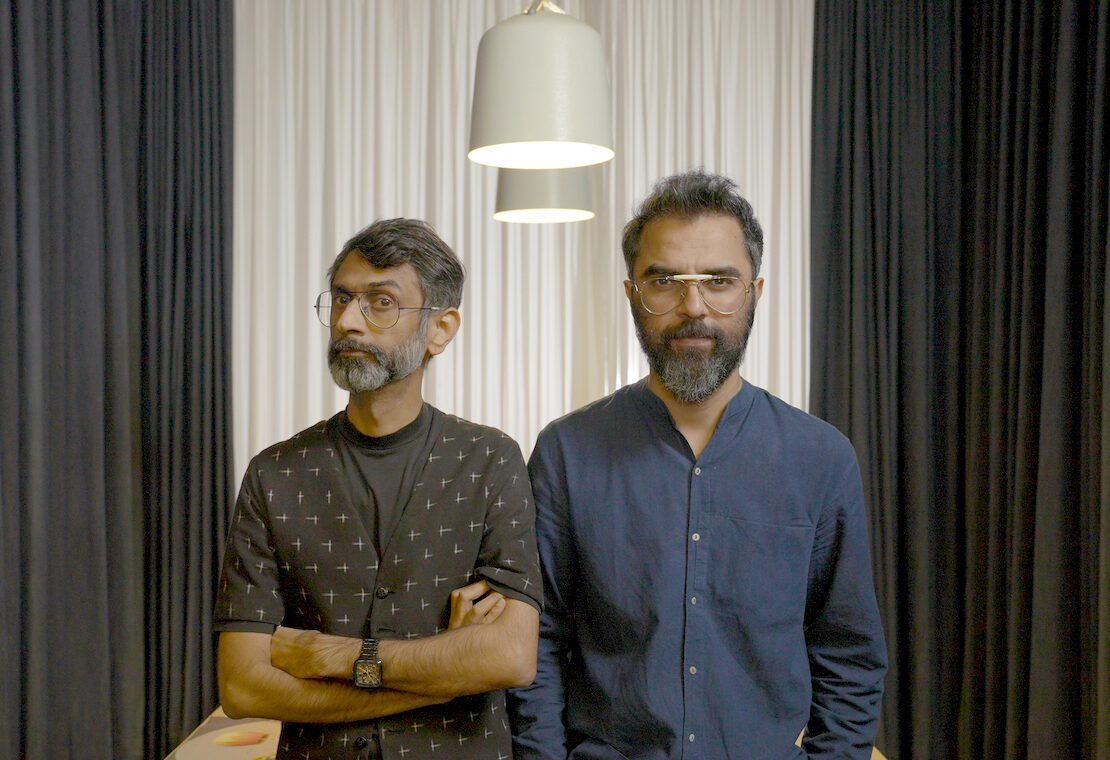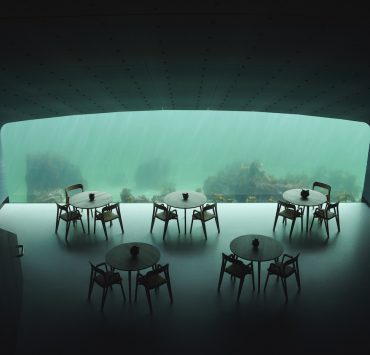Art has a way of eluding definition. Is it object or feeling, ‘low’ or ‘highbrow’, subjective experience or tangible product? Jiten Thukral and Sumir Tagra offer us an alternative answer: If art can be everything and everywhere, its potential can then be endless.
After studying Fine Arts in their home country of India, Jiten and Sumir came together in 2004 as the duo Thukral and Tagra, ascending swiftly with exhibitions all over the globe into leading voices of the contemporary art world. With the mission of expanding the scope of art’s possibilities, they create dynamic environments spanning all mediums, erasing any boundary between art and life and rejecting simple categorization.
In 2017 Jiten and Sumir founded their collaborative interdisciplinary lab, Pollinator, a space for an open share of knowledge and debate of contemporary issues. Practising ‘Social Design’, they emphasize the relationship of individual to community and woven into every playful vision straddling pop-art and surrealism are serious socio-political criticisms on topics like migration, Indian identity, or globalised consumer culture, alongside examinations of Hindu symbolism and mythology.
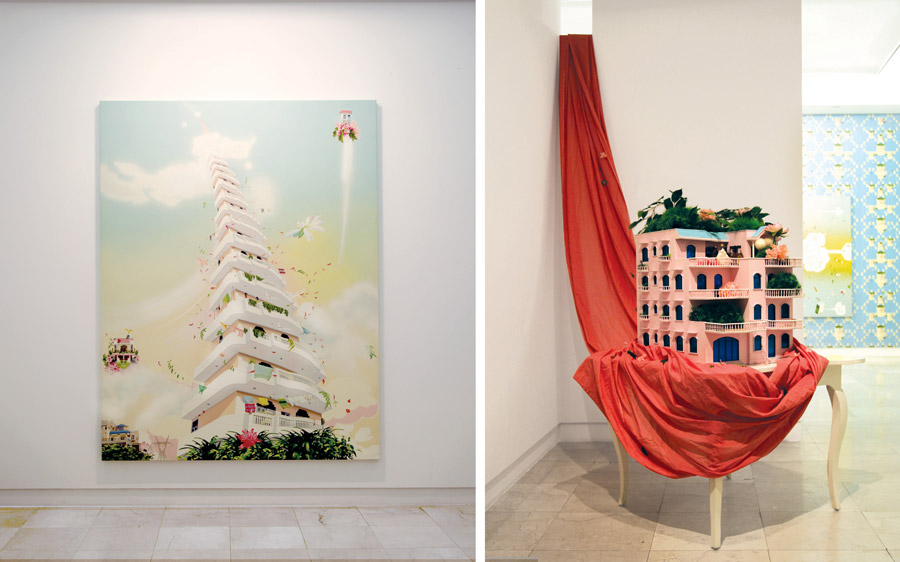
Their recent collaboration with Rado is a subtle display of their central philosophy of oneness: 37 hands signifying different time zones moving together under a single ceramic case. Because like time, art only becomes something tangible when we put it in relation to something.
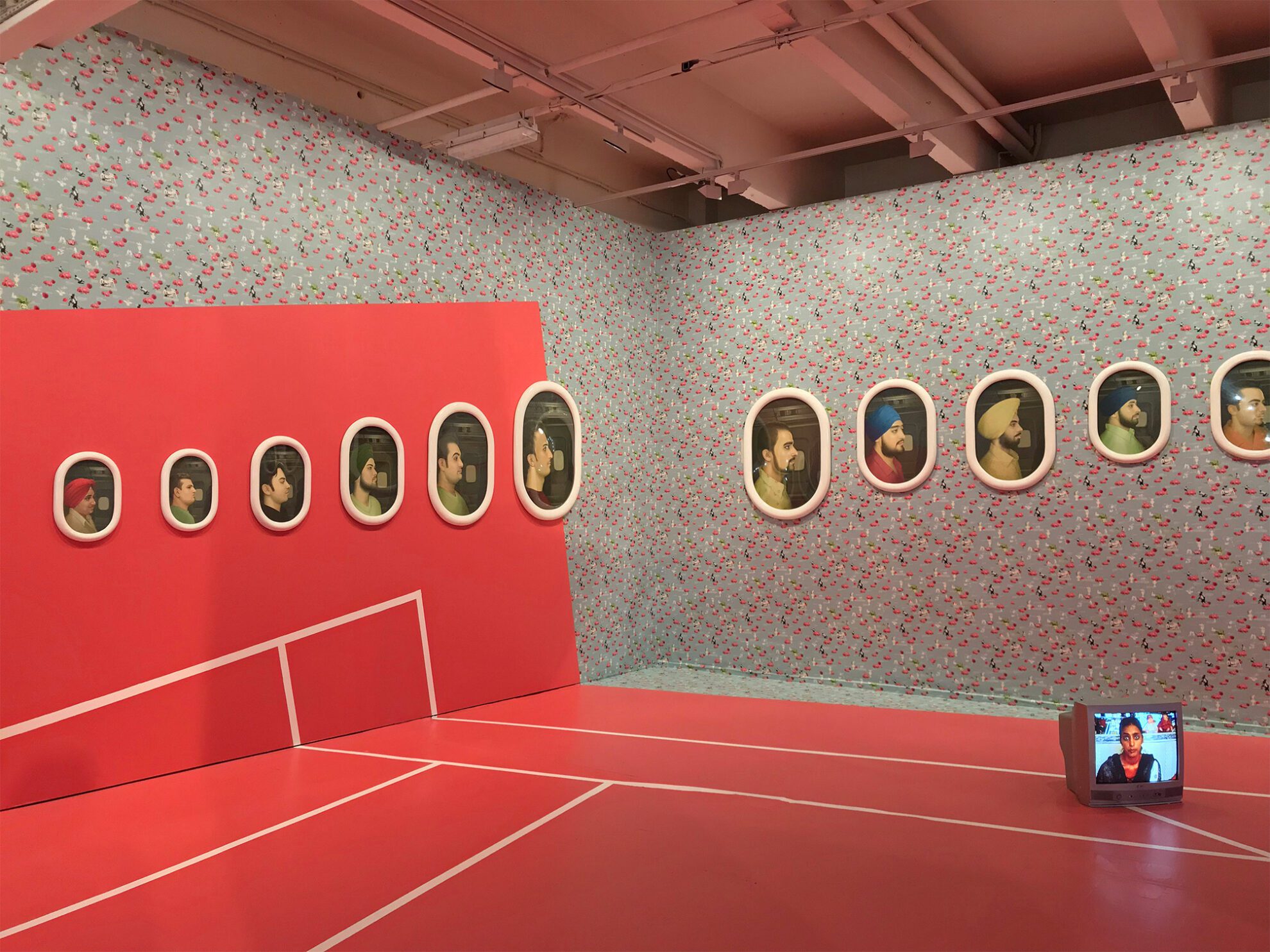
In ‘Match Fixed/Fixed Match’ at Beijing’s UCCA, Thukral and Tagra set their viewer in relation to a constructed environment, part middle-class living room, part playing court for the ancient Indian sport Kabbadi – an environment itself bound to a story of cultural identity.
Underneath its playful patterns and flashy colour lies a fierce critique of Punjabi arranged marriages: Having left Punjab to pursue successful careers, many young men return to marry a ‘suitable’ local girl, often only to take the dowry and leave again, the wife isolated and abandoned in their wake. The living room is a marker of consumerist culture, an emblem of this international dream engulfing India’s emergent middle-class. Human trophies adorn the room, and the walls are plastered with airplane windows encircling the faces of the fleeing grooms. Television screens play interviews of the deserted wives, who hope expectantly to one day join their husbands and wait while time continues to pass, bringing either resolution or sorrow.
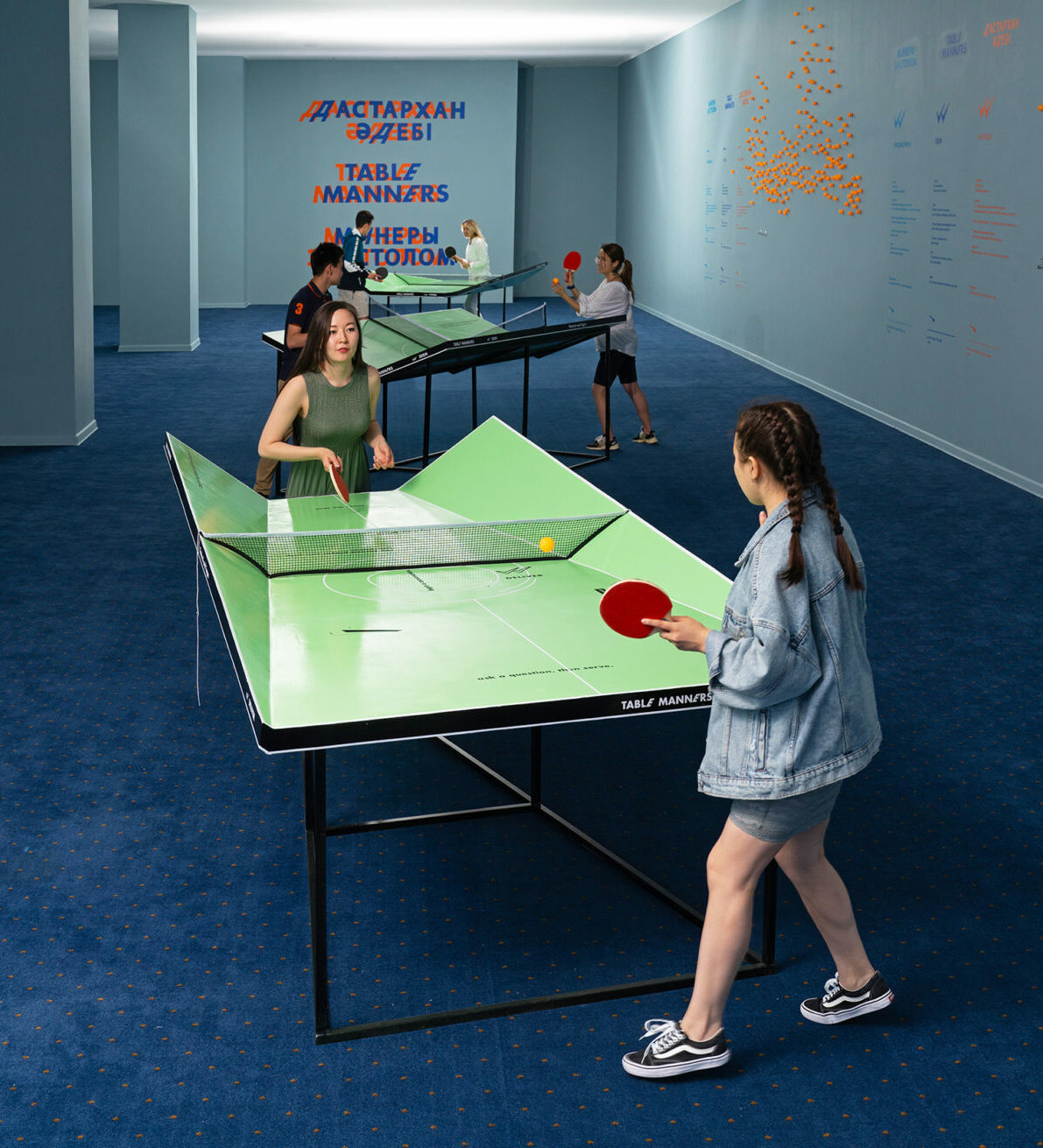
The ways in which we engage with our community, and conversely, the ways in which we find ourselves alone, is a subject central to Thukral and Tagra’s work, investigated often through psychological impact.
‘Table Manners’ (2019), a three-part exhibit at the Palace of Independence in Kazakhstan, examined the social and psychological elements of the idea of ‘play’ through the language of a table tennis match. Exploring the effect of technological communication on social anxiety, Thukral and Tagra question how genuine or constructed our engagements with each other are, and how entertaining our experience of culture really is. The back-and-forth nature of social interaction becomes the back-and-forth rhythm of the game, as players or ‘strangers’ move through three stages in the ‘interaction’ before together acknowledging its end. This game compels us to contemplate: Where do we stand in relation to each other and in relation to society?
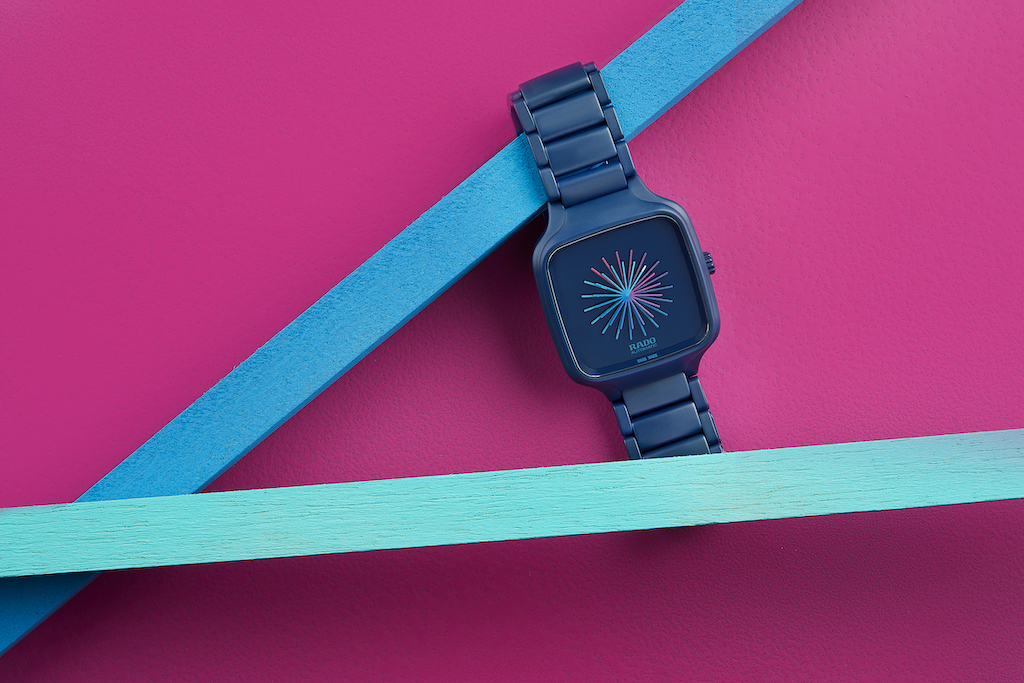
How important are materials in your work as a designer?
The design is incomplete if it doesn't resonate with the right material. Or shall we say the material and intervention cannot be separated? It's fascinating to see fresh perspectives when we use the old material to make a new narrative.
What is your relation to time/watches?
Time is extremely powerful. There can be many ways to define time, with respect to how we operate as humans and what our belief system is.
For us, it is a measure but also a teacher. It heals and it hurts at the same time. Whichever way one wants to see it, like a beating heartbeat, or melting ice, it stays as a marker of our lives.
What is your design philosophy and how did you express it in the True Square?
“Being aware of what is around and finding ways to bring ideas to life”. We are interested in experiments, by allowing new materials to walk in. Looking into the speculative future with strings attached, we try to paint a vision, which is both compelling and comforting.
Let us know some of your favourite products you have designed before – key projects of your work:
We have been designing projects and making objects for over 18 years now, which intersect with art, design, lifestyle, and culture with a diverse range of associations with respect to branding, communications, products, immersive experiences, modules/workshops, and artists' collaborations.
Read More:
- Formafantasma – Artists in Focus
- Poetry in Form: Rado True Square Balances Art and Design
Last Updated on March 21, 2024 by Editorial Team
As editor-in-chief, Raffaele infuses the magazine with a cosmopolitan flair, drawing from his experiences in London, Berlin, New York, and Barcelona. His 20-year tenure with luxury brands, coupled with a love for travel and food, enriches the magazine's content.






